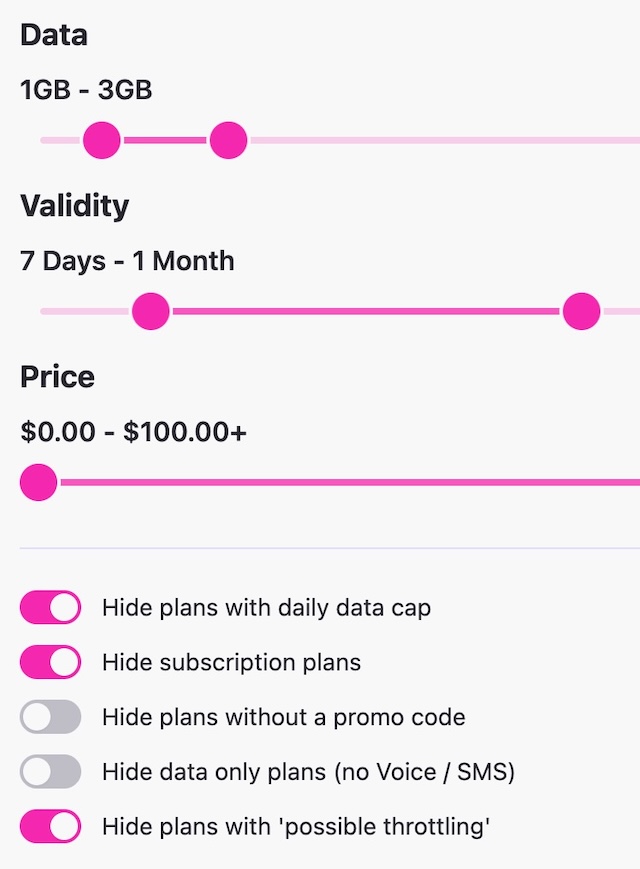The contribution limits for various tax-advantaged accounts for the following year are usually announced in October, except for the HSA, which comes out in April or May. The contribution limits are adjusted for inflation each year, subject to rounding rules.
You can only contribute to an HSA if you’re covered by a High Deductible Health Plan (HDHP) with no other coverage. You can use the money already in the HSA for qualified medical expenses regardless of what insurance you currently have.
HSA Contribution Limits
| 2025 | 2026 | |
|---|---|---|
| Individual Coverage | $4,300 | $4,400 |
| Family Coverage | $8,550 | $8,750 |
Source: IRS Rev. Proc. 2024-25, Rev. Proc. 2025-19.
Employer contributions are included in these limits.
The family coverage numbers are double the individual coverage numbers in some years but it isn’t always the case every year. Because the individual coverage limit and the family coverage limit are both rounded to the nearest $50, the family coverage limit can be slightly more or slightly less than double the individual coverage limit when one number rounds up and the other number rounds down.
Age 55 Catch-Up Contribution
As in 401k and IRA contributions, you are allowed to contribute extra if you are above a certain age. If you are age 55 or older by the end of the year (not age 50 as in 401k and IRA contributions), you can contribute an additional $1,000 to your HSA. If you are married, and both of you are age 55, each of you can contribute an additional $1,000 to your respective HSA.
However, because an HSA is in one individual’s name, just like an IRA — there is no joint HSA even when you have family coverage — only the person age 55 or older can contribute the additional $1,000 in his or her own name. If only the husband is 55 or older and the wife contributes the full family contribution limit to the HSA in her name, the husband has to open a separate account in his name for the additional $1,000. If both husband and wife are age 55 or older, they must have two HSA accounts in separate names if they want to contribute the maximum. There’s no way to hit the combined maximum with only one account.
The $1,000 additional contribution limit is fixed by law. It’s not adjusted for inflation.
Two Plans Or Mid-Year Changes
The limits are more complicated if you are married and the two of you are on different health plans. It’s also more complicated when your health insurance changes mid-year. The insurance change could be due to a job change, marriage or divorce, enrolling in Medicare, the birth of a child, and so on.
For those situations, please read HSA Contribution Limit For Two Plans Or Mid-Year Changes.
HDHP Qualification
The IRS also defines what qualifies as an HDHP. For 2025, an HDHP with individual coverage must have at least $1,650 in annual in-network deductible and no more than $8,300 in annual out-of-pocket expenses. For family coverage, the numbers are a minimum of $3,300 in annual deductible and no more than $16,600 in annual out-of-pocket expenses.
For 2026, an HDHP with individual coverage must have at least $1,700 in annual deductible and no more than $8,500 in annual out-of-pocket expenses. For family coverage, the numbers are a minimum of $3,400 in annual deductible and no more than $17,000 in annual out-of-pocket expenses.
Please note the deductible number is a minimum while the out-of-pocket number is a maximum. The maximum out-of-pocket limit only applies to the in-network number. If the in-network out-of-pocket limit of your insurance policy is too high, it doesn’t qualify as an HSA-eligible policy.
In addition, just having the minimum deductible and the maximum out-of-pocket isn’t sufficient to make a plan qualify as HSA eligible. The plan must also meet other criteria. See Not All High Deductible Plans Are HSA Eligible.
| 2025 | 2026 | |
|---|---|---|
| Individual Coverage | ||
| minimum deductible | $1,650 | $1,700 |
| maximum out-of-pocket | $8,300 | $8,500 |
| Family Coverage | ||
| minimum deductible | $3,300 | $3,400 |
| maximum out-of-pocket | $16,600 | $17,000 |
Source: IRS Rev. Proc. 2024-25, Rev. Proc. 2025-19.
Contribute From Payroll
If you have a High Deductible Health Plan (HDHP) through your employer, your employer may already set up a linked HSA for you at a selected provider. Your employer may be contributing an amount on your behalf there. You save Social Security and Medicare taxes when you contribute to the HSA through payroll. Your employer may be paying the fees for you on that HSA.
When you contribute to an HSA outside an employer, you claim the tax deduction on your tax return similar to when you contribute to a Traditional IRA. If you use tax software, be sure to answer the questions on HSA contributions. The tax deduction shows up on Form 8889 line 13 and Schedule 1 line 13.
Non-Dependent Adult Children
If your HDHP also covers an adult child who’s not claimed as a dependent on your tax return, each non-dependent adult child covered by the plan can also contribute to a separate HSA in their name at the family coverage level when they don’t have other non-HDHP coverage. This is because they meet the eligibility:
(a) Covered by an HDHP with no other coverage; and
(b) The HDHP policy they have covers more than one person.
Each non-dependent adult child can open a separate HSA on their own with an HSA provider.
Best HSA Providers
If you get the HSA-eligible high deductible plan through an employer, your employer usually has a designated HSA provider for contributing via payroll deduction. It’s best to use that one because your contributions via payroll deduction are usually exempt from Social Security and Medicare taxes. If you want better investment options, you can transfer or roll over the HSA money from your employer’s designated provider to a provider of your choice afterward. See How To Rollover an HSA On Your Own and Avoid Trustee Transfer Fee.
If you are not going through an employer, or if you’d like to contribute on your own, you can also open an HSA with a provider of your choice. For the best HSA providers with low fees and good investment options, see The Best HSA Provider for Investing HSA Money.
Say No To Management Fees
If you are paying an advisor a percentage of your assets, you are paying 5-10x too much. Learn how to find an independent advisor, pay for advice, and only the advice.















